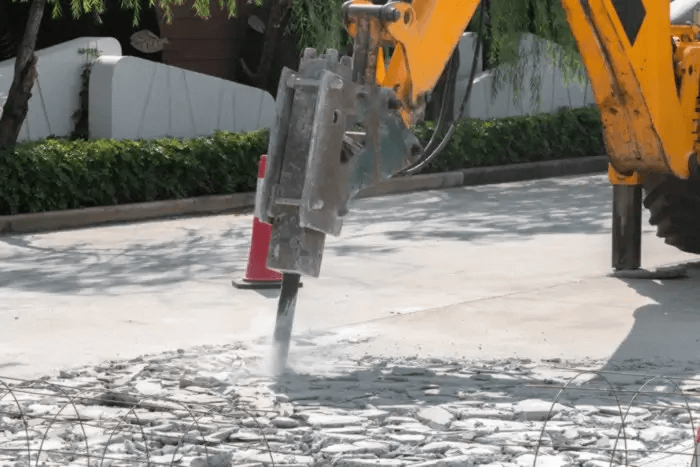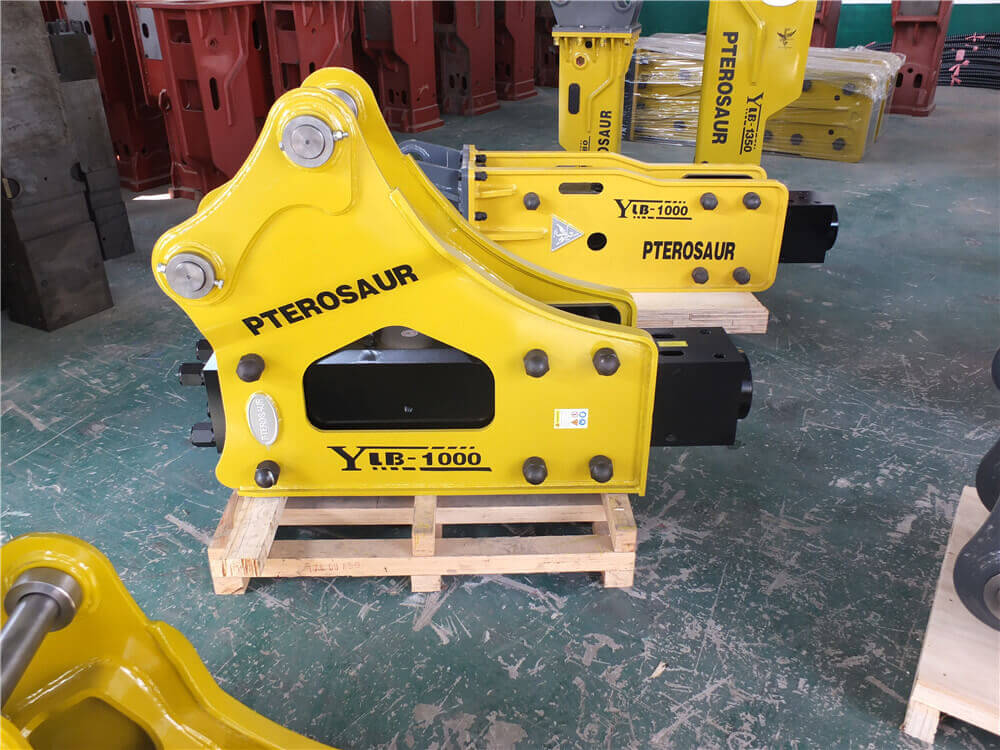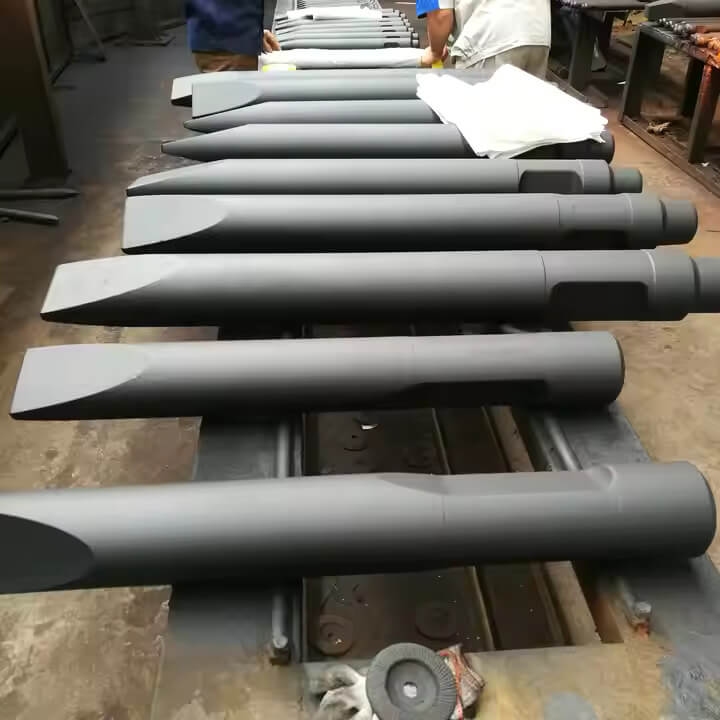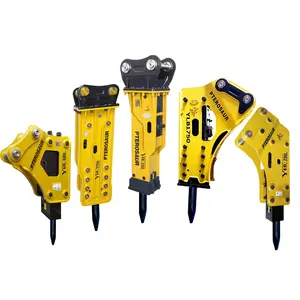
Hydraulic breakers have become an essential tool in road repair, responding to the increasing need for efficient infrastructure maintenance. As roads age and require attention, hydraulic breakers offer a practical solution for a variety of challenges in road repair projects. This article explores the advantages of hydraulic breakers in this field, along with specific case studies highlighting their effectiveness.
Advantages of Hydraulic Breakers in Road Repair
- High Efficiency: Hydraulic breakers significantly speed up the road repair process. Their ability to quickly break apart damaged materials minimizes downtime, allowing for faster restoration of road surfaces and reduced traffic disruptions.
- Versatility: These tools can tackle various materials, including asphalt, concrete, and subgrade layers, making them suitable for a wide range of repair scenarios. This adaptability allows crews to use them across different types of road conditions.
- Precision: Hydraulic breakers provide operators with precise control, allowing for targeted removal of damaged sections without affecting the surrounding, undamaged areas. This precision is crucial in maintaining the integrity of the road.
- Reduced Vibration and Noise: Compared to traditional demolition methods, hydraulic breakers produce less vibration and noise. This characteristic makes them particularly effective in urban environments where minimizing disruption to residents and businesses is critical.
- Enhanced Safety: With remote operation capabilities, hydraulic breakers improve worker safety by reducing the need for personnel to be in close proximity to hazardous work zones. This added layer of safety is essential in busy traffic areas.
Specific Case Studies of Hydraulic Breakers in Road Repair
- Urban Road Rehabilitation: In a major city, a highway rehabilitation project required the removal of deteriorating asphalt layers. Hydraulic breakers were employed to efficiently break and remove the damaged pavement, leading to rapid resurfacing and a significant reduction in traffic congestion.
- Bridge Deck Repairs: During maintenance work on a bridge, hydraulic breakers were utilized to remove damaged concrete from the deck. The precision of the breakers ensured that only the compromised sections were removed, preserving the structural integrity of the remaining concrete and minimizing the need for extensive repairs.
- Utility Installation Projects: In a project involving the installation of underground utilities, hydraulic breakers were used to quickly and accurately remove the road surface. This efficiency facilitated rapid excavation, helping keep the project on schedule while minimizing disruptions to local traffic.
- Pothole Repairs: In a city known for harsh winters, many potholes appeared on major thoroughfares. Hydraulic breakers were employed to efficiently remove the damaged sections of the road, allowing crews to quickly patch the holes. This prompt response helped improve road safety and reduced the risk of vehicle damage.
- Reconstruction of Worn-Out Roads: In a suburban area, a comprehensive road reconstruction project required complete removal of a worn-out surface. Hydraulic breakers played a crucial role in breaking up and removing the old pavement, enabling the installation of a new, durable surface and demonstrating their effectiveness in large-scale repairs.
Conclusion
Hydraulic breakers are invaluable in road repair, offering significant advantages that enhance the efficiency and effectiveness of maintenance operations. Their versatility, precision, and reduced impact on surrounding areas make them ideal for modern infrastructure management. By incorporating hydraulic breakers into road repair projects, maintenance teams can ensure timely and effective repairs, ultimately benefiting the community and improving overall transportation safety.





